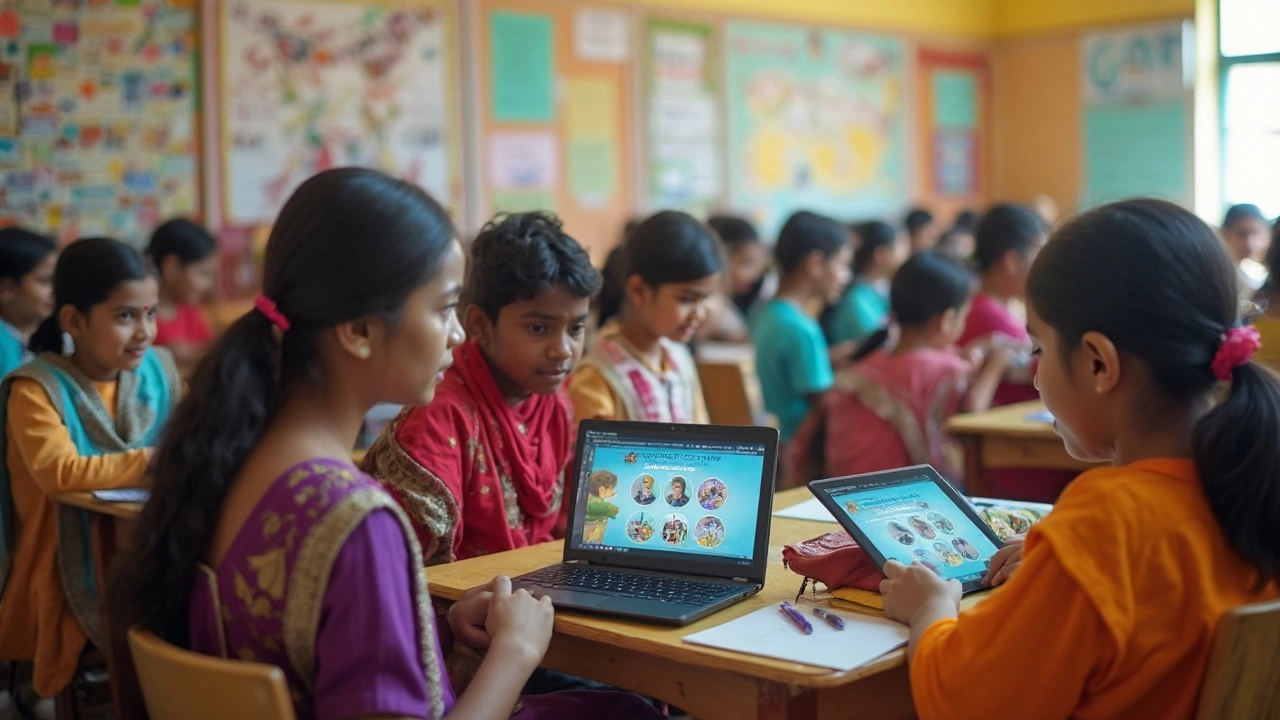Learning Process: How Real Students Actually Learn and Succeed
When you think about the learning process, the way your brain absorbs, holds, and uses new information over time. Also known as knowledge acquisition, it’s not about how many hours you sit at a desk—it’s about how well your brain connects the dots. Most students think studying means reading the same chapter five times. But real learning? It’s messy, active, and personal. It happens when you explain a concept out loud, when you fail a quiz and figure out why, when you use Duolingo every morning without thinking about it. That’s not luck—that’s how your brain rewires itself.
The eLearning, structured online systems that combine videos, quizzes, and feedback to guide your progress. Also known as digital learning, it’s become the backbone of modern study habits. But not all eLearning is equal. Watching a 30-minute lecture on YouTube doesn’t count if you don’t test yourself after. Real eLearning platforms—like the ones used by millions daily—build habits, not just content. They know your brain forgets fast, so they remind you at the right time. That’s why Duolingo works: it turns learning into a daily ritual, not a chore.
And then there’s brain rewiring, the biological change in your neural pathways that happens when you practice something consistently. Also known as neuroplasticity, it’s the science behind why you suddenly understand calculus after weeks of struggling. You don’t need to be a genius. You just need to show up. Top NEET and JEE toppers don’t memorize formulas—they train their brains to recognize patterns under pressure. They fail. They adjust. They repeat. That’s the learning process in action.
What you’ll find here isn’t theory. It’s what works for real students. From how to teach English without grammar drills, to why coding on a phone can actually help you learn, to why some online certifications pay more than others—every post here is built around how people actually learn, not how schools say they should. You won’t find fluff about motivation or positive thinking. Just clear, proven methods that turn effort into results.

Understanding the Four Stages of eLearning
eLearning is transforming education, offering flexibility and accessibility. Understanding its four stages can optimize learning outcomes. Planning is key in the initial stage, followed by design, which focuses on creating engaging content. Development brings the course to life, and implementation integrates it with learners. By mastering each stage, educators can offer captivating educational experiences.



